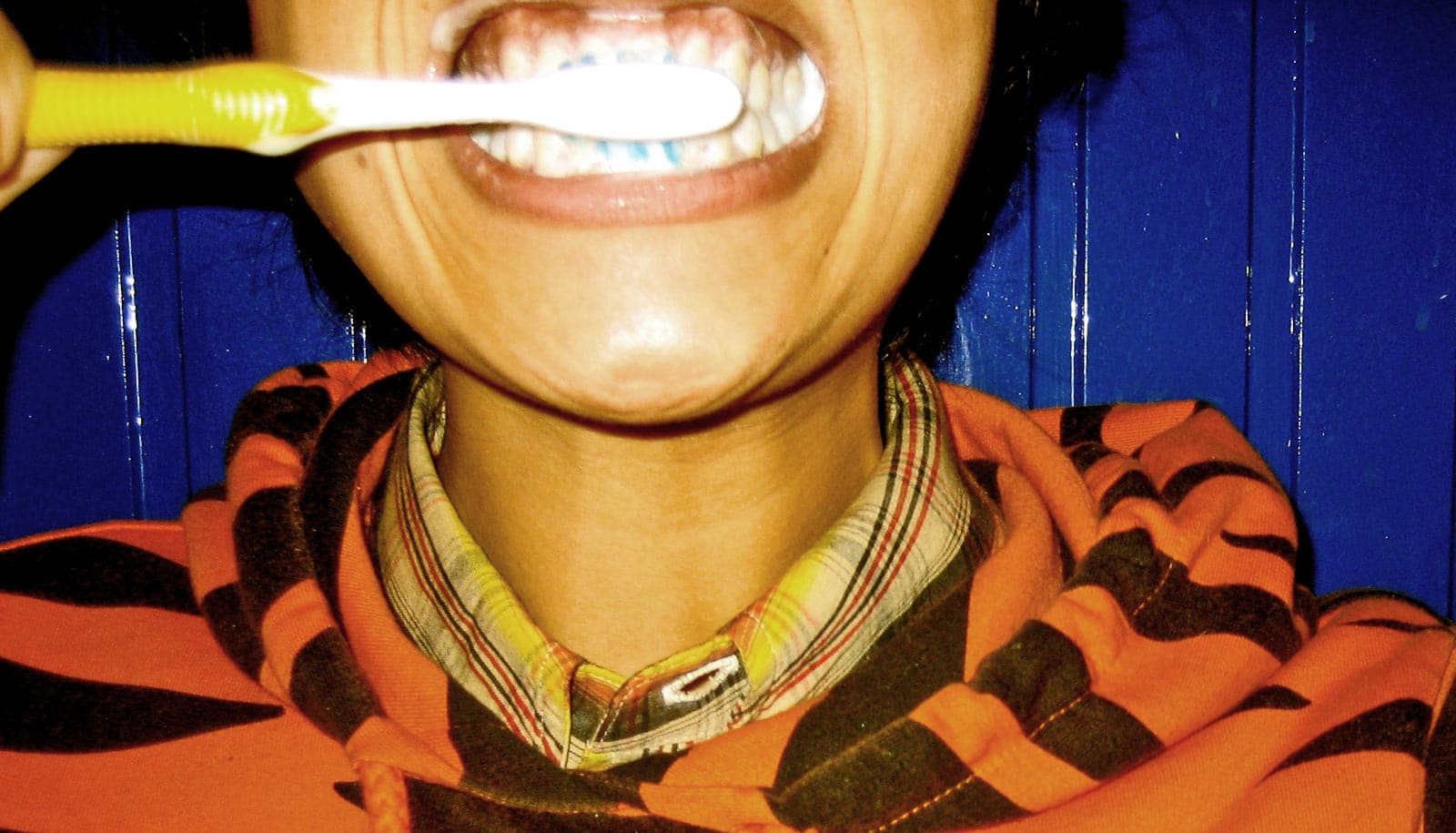Most people think braces are just for teens, but Nadia Abou Kheir says more than one third of her patients are adults.
“Many people are realizing that it’s never too late to achieve the smile they’ve always wanted,” says Kheir, an orthodontist at University of Rochester Medicine. Straightening teeth or correcting bite issues can also improve your overall dental health.
It’s true that results might take a little longer with adults because their teeth and bones are fully developed. For teens still growing, their teeth can more easily be guided into proper alignment. And early treatment helps prevent more complex issues from developing in the future.
Older people can have more complicated cases, like missing teeth or long-term alignment issues. Both teens and adults can achieve excellent results with orthodontics.
So is there an age limit to getting braces? No, as long as your gums are in good health and you don’t have any medical conditions that would prevent you from wearing braces.
What are the signs you need braces?
- Severely crowded or crooked teeth
- Impacted teeth in the bone
- Bite problems (overbite, underbite, or crossbite)
- Habits like thumb sucking
Key factors to consider when deciding if braces are right for you include your overall health and a professional evaluation.
“Assessing the patient’s gum condition and bone density is crucial before we begin treatment,” explains Kheir. A dentist will evaluate your condition and refer you to an orthodontist if braces are recommended.
Are there options besides braces?
Each person is unique, so there might be different options best suited to your specific situation. Traditional braces are the most effective option for patients with complex orthodontic needs.
“Braces give us more control over adjustments, which make them ideal for overbites or severe misalignment,” Kheir says.
People with mild dental issues or cosmetic concerns can consider clear aligners, such as Invisalign, which are less noticeable. But you need to be committed to them because you have to wear them for 22 hours a day.
Debunking myths about adult orthodontics
Myth: Braces are purely cosmetic.
Truth: Proper alignment can reduce the risk of tooth decay and gum disease by making it easier to maintain oral hygiene and improving the overall function of your bite.
Myth: Braces are always visible and embarrassing.
Truth: Modern braces are more discreet than ever. Clear aligners and ceramic braces offer subtle alternatives that are barely noticeable.
Myth: You can’t get braces again if you had them as a kid.
Truth: Even if you’ve had braces in the past, your teeth may shift over time due to age, injury, or not wearing retainers. Many adults seek orthodontic treatment again to correct this shifting.
What’s the difference between a dentist and an orthodontist?
General dentists provide routine care like checkups and fillings, while orthodontists focus on correcting dental and facial irregularities. Their additional training allows orthodontists to create tailored treatment plans using braces and other devices to help patients of all ages have healthier, straighter smiles.
Source: University of Rochester



